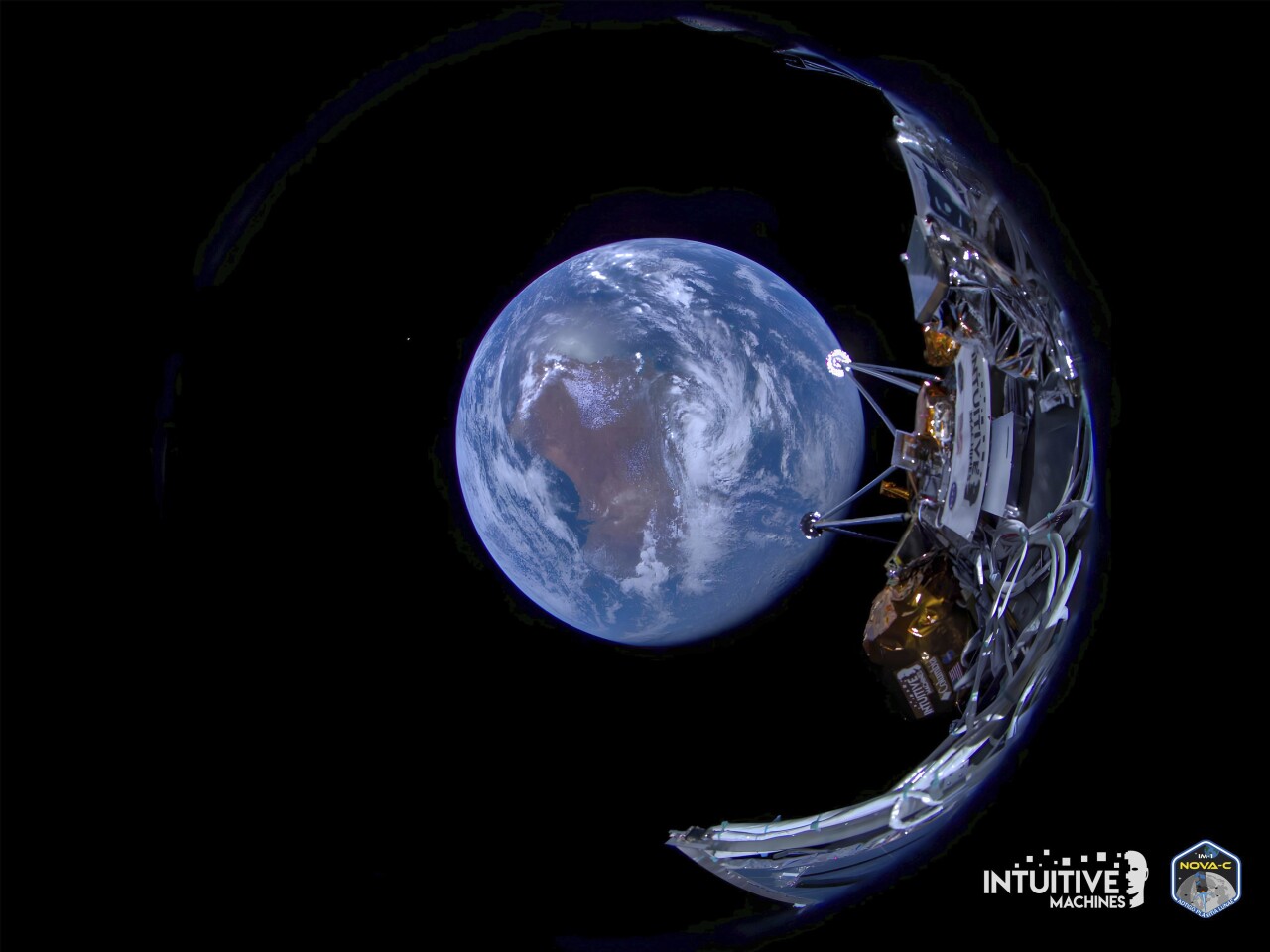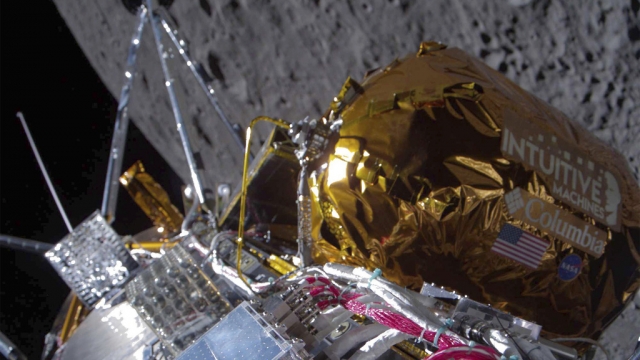CAPE CANAVERAL, Fla. — A private lunar lander circled the moon while aiming for a touchdown Thursday that would put the U.S. back on the surface for the first time since NASA's famed Apollo moonwalkers.
Intuitive Machines was striving to become the first private business to successfully pull off a lunar landing, a feat achieved by only five countries. A rival company's lander missed the moon last month.
The newest lander, named Odysseus, reached the moon Wednesday, six days after rocketing from Kennedy Space Center in Florida. The lander maneuvered into a low lunar orbit in preparation for an early evening touchdown.
Watch it live here on NASA's website.
Flight controllers monitored the action unfolding some 250,000 miles away from a command center at company headquarters in Houston.
The six-footed carbon fiber and titanium lander — towering 14 feet — carried six experiments for NASA. The space agency gave the company $118 million to build and fly the lander, part of its effort to commercialize lunar deliveries ahead of the planned return of astronauts in a few years.
Intuitive Machines' entry is the latest in a series of landing attempts by countries and private outfits looking to explore the moon and, if possible, capitalize on it. Japan scored a lunar landing last month, joining earlier triumphs by Russia, U.S., China and India.

The U.S. bowed out of the lunar landscape in 1972 after NASA's Apollo program put 12 astronauts on the surface. A Pittsburgh company, Astrobotic Technology, gave it a shot last month but was derailed by a fuel leak that resulted in the lander plunging back through Earth's atmosphere and burning up.
Intuitive Machines' target was 186 miles shy of the south pole, around 80 degrees latitude and closer to the pole than any other spacecraft has come. The site is relatively flat, but surrounded by boulders, hills, cliffs and craters that could hold frozen water, a big part of the allure. The lander was programmed to pick, in real-time, the safest spot near the so-called Malapert A crater.
The solar-powered lander was intended to operate for a week, until the long lunar night.
Besides NASA's tech and navigation experiments, Intuitive Machines sold space on the lander to Columbia Sportswear to fly its newest insulating jacket fabric; sculptor Jeff Koons for 125 mini moon figurines; and Embry-Riddle Aeronautical University for a set of cameras to capture pictures of the descending lander.




